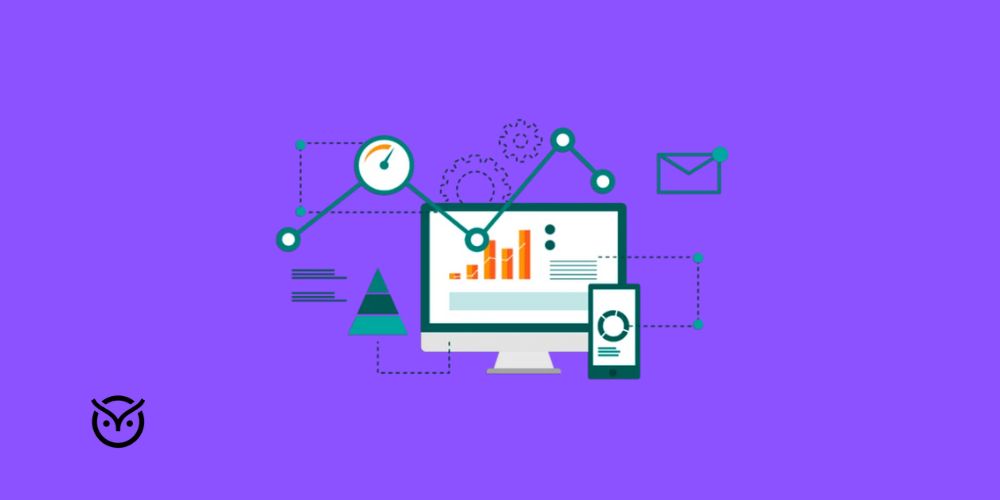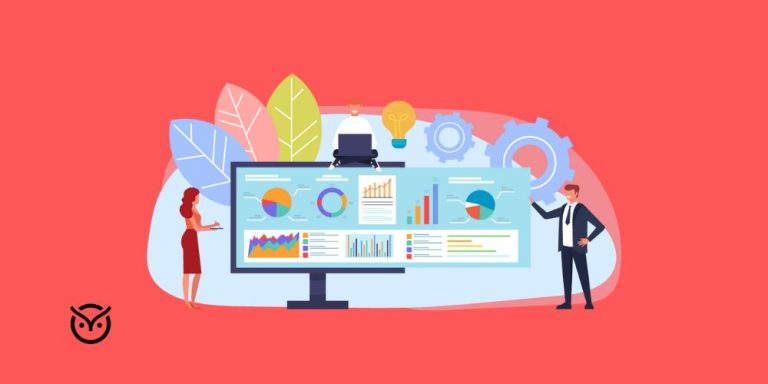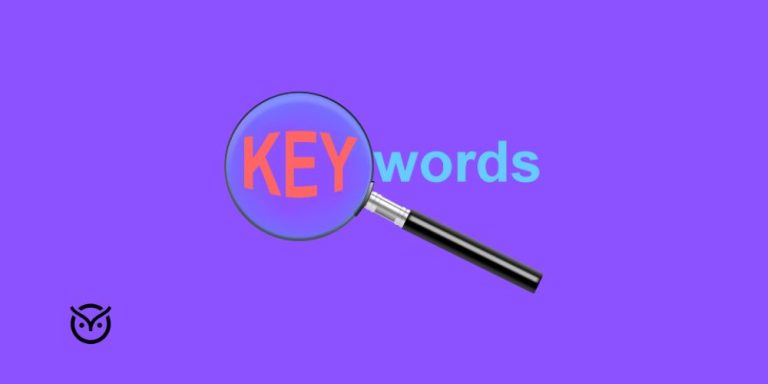Optimize Hiring with AI Recruiting Software Tools

TL;DR
- AI tools help remove repetitive hiring tasks and speed up evaluation.
- HR teams gain clearer insight into skills, not just resumes.
- Smart screening reduces the time spent sorting applicants.
- Predictive analytics helps teams make hiring decisions with confidence.
- A balanced approach blends tech support with human judgment.
Hiring can feel slow and confusing. Job posts go up. Applications pile in. HR teams spend hours reading resumes that do not fit. Interviews stretch out. People wait too long. The role stays open. Work starts falling behind. Many HR teams want hiring to be faster without losing quality.
This is where companies begin to Optimize Hiring with AI Recruiting Software Tools. AI speeds up screening, helps spot real skill, reduces guesswork, and cuts down wasted effort. When used well, AI supports fairer decisions and more confident hiring. The point is not to replace people. The point is to free people from repetitive tasks so they can focus on evaluating character, fit, and potential.
How AI Is Transforming Recruitment
AI is changing hiring step by step. Tasks that once required hours of attention can now happen in minutes. AI can scan resumes, match skills with job requirements, organize interview steps, and send updates to candidates. It also helps shorten HR interview time, which lowers applicant drop-off and improves the hiring experience.
A study from Deloitte found that companies using AI in recruitment reduced time-to-hire by up to 30 percent and improved candidate engagement through faster communication.
When companies optimize hiring with AI recruiting software tools, they gain clarity. The hiring process becomes easier to follow, more predictable, and more transparent.
Top AI Recruitment Tools to Boost Hiring Success
Teams often ask about the top AI recruitment tools to boost hiring success. The best tools are those that help you save time in early screening, organize tasks, and make skill matching clearer. Here are AI recruitment tools that are known for improving sourcing, screening, and hiring organization:
1. Vettio
What it is for: Vettio supports end-to-end hiring workflows across sourcing, screening and evaluation.
What it offers: It brings job posting, candidate tracking, communication and interview coordination into one shared space, so hiring teams stay aligned during the process.
How it helps: Recruiters and hiring managers can review candidates together in a clearer, simpler workflow. This reduces confusion, makes decisions easier to document and creates a more consistent hiring experience.
2. Eightfold AI
What it is for: Eightfold AI is used to understand skills and match candidates to suitable roles.
What it offers: It analyzes resumes based on skill patterns and experience history rather than just keywords. It also supports internal mobility by showing which employees may be ready for new roles.
How it helps: It prevents strong candidates from being overlooked and helps teams place people in roles where they have room to grow.
3. SeekOut
What it is for: SeekOut is used for sourcing talent in specialized or hard-to-hire roles.
What it offers: It pulls candidate information from multiple trusted public sources instead of relying on one job board.
How it helps: It gives recruiting teams access to a broader and more accurate talent pool, especially when hiring for technical or niche skills.
4. Humanly
What it is for: Humanly handles early candidate screening conversations.
What it offers: It uses a chat assistant that asks basic job fit questions and collects candidate details before the recruiter steps in.
How it helps: It saves time by filtering out candidates who clearly do not match the minimum role requirements, reducing effort in early screening.
5. Paradox
What it is for: Paradox helps manage communication and scheduling between candidates and hiring teams.
What it offers: The assistant Olivia handles appointment setup, reminders and interview coordination.
How it helps: It removes bottlenecks that happen when candidates and recruiters try to align schedules, reducing waiting time between interview rounds.
6. Fetcher
What it is for: Fetcher helps create shortlists of suitable candidates for open roles.
What it offers: It suggests candidate profiles that align with previous hiring preferences and job criteria.
How it helps: It reduces manual time spent searching platforms and improves consistency in how candidates are sourced for similar roles.
7. HireEZ
What it is for: HireEZ supports proactive outreach to candidates.
What it offers: It identifies people who may not be actively applying but could be open to new work opportunities.
How it helps: Hiring teams are no longer limited to applicants who submit forms. This expands the reach of recruiting and improves diversity in candidate pipelines.
8. HiredScore
What it is for: HiredScore organizes and prioritizes candidate resumes for review.
What it offers: It evaluates resume content against job requirements and presents the most relevant applicants first.
How it helps: It reduces the risk of missing qualified applicants when applicant numbers are large or roles attract volume quickly.
9. BrightHire
What it is for: BrightHire supports evaluation during and after interviews.
What it offers: It records and transcribes interviews so hiring teams can compare responses accurately.
How it helps: It helps hiring managers make decisions based on consistent evidence rather than memory, which creates clearer and fairer final evaluations.
Recruitment Automation Platforms for Agile Hiring
In some teams, hiring changes fast. Roles shift. Workloads move. That is where automation supports recruitment external agile methods. Automation tools assist teams by organizing tasks into simple workflows. This keeps hiring steady even when business needs change. Some teams apply global hiring automation workflows to keep processes consistent across distributed teams.
This also connects to what are the top recruitment automation platforms in agile recruiting solutions and what are the top recruitment automation platforms in active recruiting vs passive recruiting. The key difference is that agile hiring platforms make it easier to react to new needs quickly while still staying organized.
When companies optimize hiring with AI recruiting software tools, automation takes care of scheduling, follow-ups ups and reminders. HR can then focus on real evaluation.
AI in Talent Assessment and Bias Mitigation
Skill testing is an important part of hiring. This is where talent assessment platforms support fair evaluation. These platforms let candidates show what they can do instead of relying only on resumes. Many organizations explore AI talent assessment tools to support structured evaluation without adding complexity.
Some teams also explore bias mitigation tools that help reduce unconscious preference. The goal is not to remove the human decision. The goal is to help the decision be fair and consistent.
This also relates to the best talent assessment platforms for bias mitigation in recruiting, and the best talent assessment platforms with AI integration in 2025, and which talent assessment software offers the most transparent bias mitigation features. Many tools now reveal how candidates are scored to maintain trust. Some HR teams also use AI-assisted cognitive testing to understand decision-making and problem-solving styles in a work setting.
When companies optimize hiring with AI recruiting software tools, fairness becomes easier to measure, not just discuss. This also relates to AI-driven talent evaluation approaches that make scoring visible and easier to interpret.
Data Analytics in AI Recruiting Software
Many HR teams want better insight, but do not want to become data scientists. Modern hiring tools now offer data analytics dashboards that are simple to understand. These dashboards show which role takes the longest to fill, which hiring step causes delays, and where strong candidates come from most often. Recruiters sometimes refer to AI analytics reports for recruiters to understand patterns in candidate movement, response time and role fill-rate.
People often ask where can I see side-by-side comparisons of analytics features in recruiting software. Most vendors now publish public comparison sheets or demo dashboards. The key is choosing tools that explain data clearly instead of overwhelming the user with charts.
Using analytics is also part of working with the recruiting cycle 360, where hiring is treated as an ongoing loop rather than one-time events.
Advanced AI Screening and Candidate Rediscovery Tools
AI can now re-scan past applicants. This supports candidate rediscovery, which means finding strong applicants already in the system who may fit new roles. This is helpful because many applicants are good but were not the right match at the time they applied.
This also ties to:
- AI screening tools
- Which systems provide candidate recall and search using plain-language queries
- What tools enable fast talent rediscovery from previous applicants
Choosing the Right AI Recruiting Software for Your Organization
Not every organization needs the same features. Some teams want faster screening. Others want a clearer evaluation. Others want support for remote work and distributed hiring.
Here are simple steps to choose well:
- Identify where hiring slows down today
- Look for tools that solve that specific slow point first
- Test the tool with a single role before using it company-wide
- Make sure the platform is easy for the hiring manager to use
- Confirm that you can export your own data anytime
This also relates to:
- What are the most effective AI tools for fully automating end-to-end recruiting
- Top HR tech platforms for interview management in AI for inclusive writing
- Which platforms support centralized requisition management with AI screening
- Are there any talent assessment platforms with strong AI features that work well for remote hiring
Conclusion
Hiring should feel organized, not overwhelming. AI helps HR teams move faster without losing fairness or care. When companies Optimize Hiring with AI Recruiting Software Tools, they improve clarity, speed, and confidence in every hiring decision.
Good hiring is not about replacing people. It is about supporting them.
FAQs
Q1. Which platforms automate end-to-end recruiting processes?
Platforms that combine sourcing, screening, scheduling, and evaluation in one space support full cycle recruiting. Choose systems that keep tasks visible and easy to track from start to finish.
Q2. Which systems support AI powered candidate rediscovery?
Systems with advanced search filters and smart resume matching can surface past applicants who may now fit new openings. Look for tools that reindex profiles and enable simple plain language queries.
Q3. How can I compare analytics features in recruiting software?
Pick platforms that offer side by side analytics views, open reporting dashboards, and clear metrics that show where hiring bottlenecks happen. Make sure charts are readable and data can be exported.






